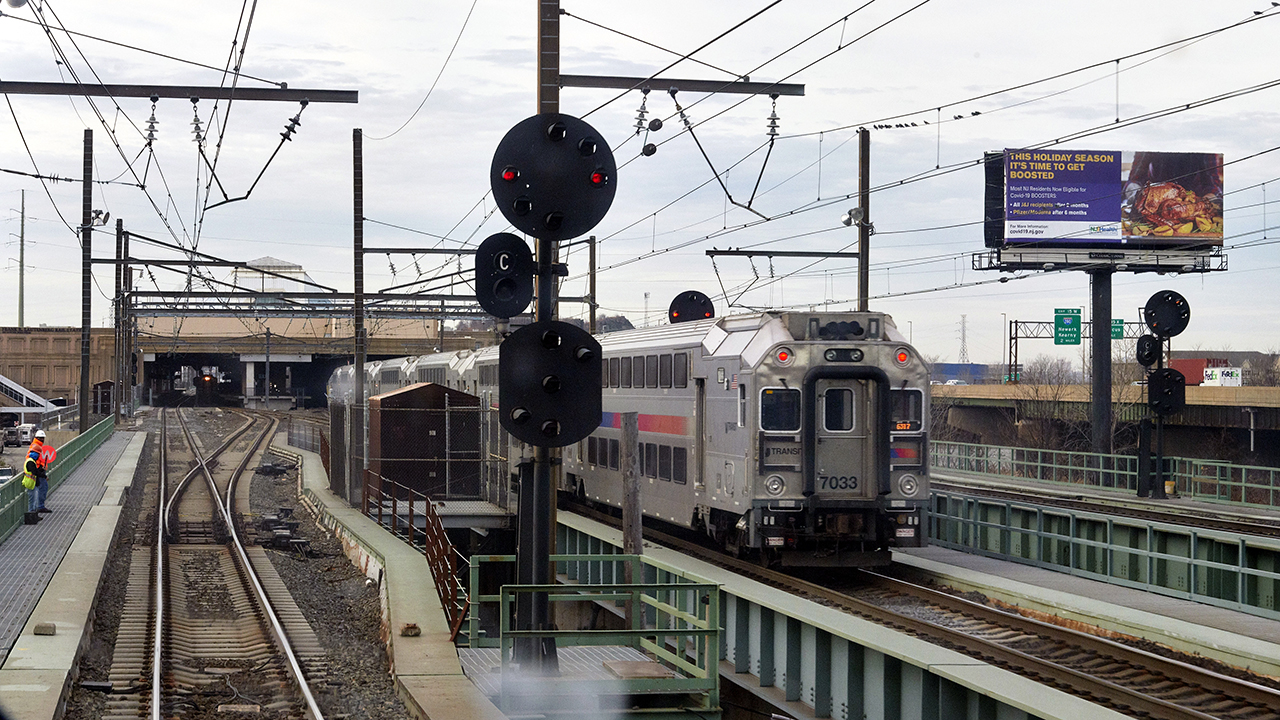Ukrainian language ranks among the TOP-5 most attractive languages in the world.


ASCE releases report on the state of infrastructure in the USA
The American Society of Civil Engineers (ASCE) on Tuesday released its latest report on the state of US infrastructure, in which it assessed the overall condition of infrastructure with the highest rating in history, but some key indicators received relatively low scores.
The ASCE report for American infrastructure, published every four years using a school report card grade system from A to F, assigned an overall grade of 'C' to US infrastructure - an improvement from 'C-' four years ago, as about half of the 18 evaluated categories showed incremental improvements. 'C' is the highest overall grade for nationally significant infrastructure since the ASCE report began in 1998.
The report revealed a growing investment gap in infrastructure
The report states that investments in infrastructure approved as part of a bipartisan infrastructure law have contributed to improvements, however, ASCE warned that the gap between current infrastructure investment plans and necessary spending to bring the country’s infrastructure up to proper working condition has grown. The gap has increased from $2.59 trillion four years ago to $3.7 trillion in the current year.
'Every American family or business immediately feels the impact of just one failure or breakdown in our built environment,' said Darren Olson, chair of the 2025 ASCE report committee. 'However, if we support investments, every American family could save $700 a year. Better infrastructure is an effective investment of public funds that leads to economic growth, priority job creation, resilience, and connectivity.'
Infrastructure grading in the USA
According to ASCE's grading structure, B category ratings are considered 'good, satisfactory currently', while the C category is 'fair, needs attention', and the D category is deemed 'poor, at risk'. Although no A grade was assigned this year, the A category is considered 'excellent, ready for the future', while F grades are considered 'unsatisfactory, critical, not fit for purpose'.
In the 2025 report, grades ranged from B to D, and for the first Time since 1998 no category received a D-. Of the 18 infrastructure categories, 8 improved their grades compared to the 2021 report, while 2 categories received lower grades this year.
The highest grade of B was awarded to the ports category following improvements compared to the previous report, while the rail infrastructure category received a B grade - which is a decline from four years ago.
Categories with C+ ratings included broadband and solid waste management, while bridges and hazardous waste received C grades. Drinking water, public parks, and inland waterways received C-. Among the categories with ratings in the C- range, hazardous waste, inland waterways, and public parks received improved grades compared to the 2021 report.
Aviation, dams, energy, levees, roads, schools, and sewer systems received D+ ratings. The rating for energy infrastructure has decreased over 4 years, while the report showed that dams, levees, and roads received improved ratings this year. For stormwater and transit infrastructure, a D grade was given, which in the case of transit indicates improvement from 2021.
Funding issues for infrastructure
The ASCE report also assessed the gap between needs and funding for 18 infrastructure categories over the 2024-2033 period, based on the needs to address unmet repairs. The estimated total funding gap for all infrastructure categories is $3.689 trillion over this period.
Among the infrastructure categories needing attention and receiving grades in the D range, wastewater and storm drainage together formed the largest funding gap of $690 billion, nearly equal to the gap in roads at $684 billion. The gap in Energy infrastructure stands at $578 billion and is the third largest in the D-category range, followed by schools ($429 billion), dams ($166 billion), transit ($152 billion), aviation ($113 billion), and levees ($91 billion).
Most of the other infrastructure categories have funding gaps estimated at $44 billion or less. There are no funding issues for broadband access as needs of $61 billion have been provided for during the 2024-2033 period, according to ASCE's analysis.
Proposals for improving infrastructure
In order to improve America's infrastructure ratings by the next report in four years, ASCE states that 'it is necessary to continue - and in some cases even increase - investment, despite the growing gap in America’s infrastructure'.
ASCE believes Congress should maintain the level of investment under the Infrastructure Investment and Jobs Act (IIJA), which ends next year, and fully fund authorized programs during the appropriations process. The group urged federal, state, and local governments to expand the use of public-private partnerships for relevant projects and find ways to utilize additional financial instruments.
It is also proposed to ensure long-term financial stability for the Highway Trust Fund, which is projected to be exhausted by 2028, as well as guarantee that state funds for clean water basins and drinking water do not experience revenue losses.
ASCE added that project owners should consider lifecycle costs throughout the planning, funding, construction, operation, maintenance, and cessation of projects for maximum benefit. Infrastructure owners and operators must ensure adequate revenue levels to cover these costs.
'Infrastructure owners and operators should charge rates that reflect the true cost of using, maintaining, and improving infrastructure. They should educate the community about the true cost of providing these services, so that people understand the established rates,' the ASCE report stated.
Read also
- Bank secrecy may be disclosed — who is definitely at risk
- Tax on Selling the First Apartment — What Determines the Amount
- Switzerland will pay Ukrainians up to 132,500 UAH in aid - details
- Some entrepreneurs face fines in July - how to avoid penalties
- One-time payment for gas — what you need to know about the new service
- PrivatBank will change the terms of some tariffs — details









